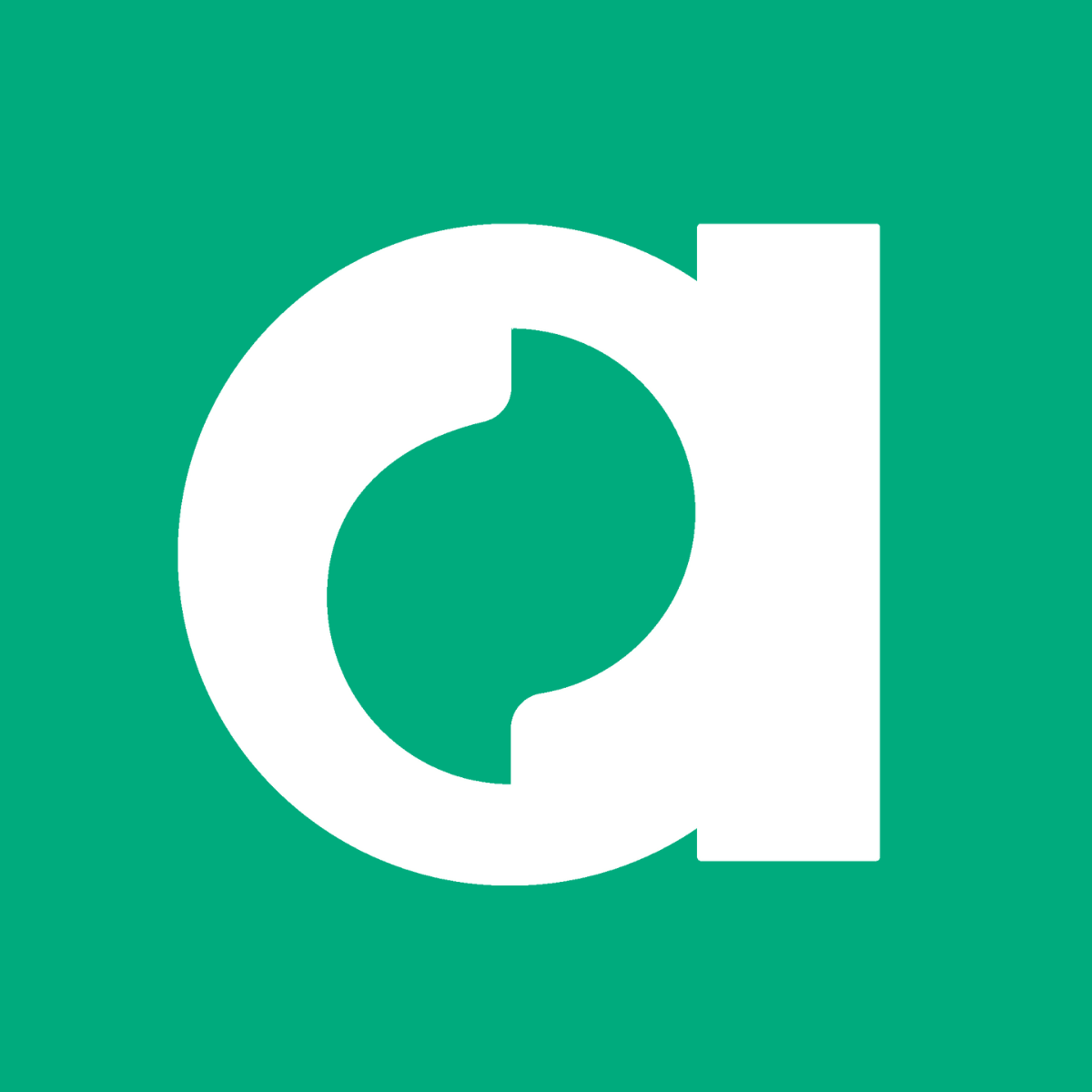With a restricted vocabulary, plenty of user-defined technical terms, and restrictions on grammar and style, Simplified Technical English (STE) aims to reduce ambiguity and increase readability – but does it apply well to every industry?
As the 1970s gave way to the 1980s, the aerospace industry had a problem. Its product documentation resembled the infamous Tower of Babel, with companies like Boeing and Lockheed writing in American English, Hawker Siddeley and the British Aircraft Corporation writing in British English, and Fokker, Aerospatiale, and Aeritalia writing in a hodgepodge of other languages. This led the European Airline industry to approach the European Association of Aerospace Industries (AECMA) and ask them to create a “controlled” form of English that might serve as an international standard.
Order out of chaos
After an investigation into the different types of controlled languages that existed in other industries, the AECMA and the Aerospace Industries Association of America (AIA) decided to produce their own controlled English in 1983. The result was the AECMA Simplified English Guide. After a merger of AECMA with two other associations to form ASD in 2004, the specification became ASD Simplified Technical English, Specification ASD-STE100.
How it works
The specification contains a dictionary of words and their meanings, plus a set of writing rules. The dictionary contains a list of allowed words – for example, “make sure” is acceptable but synonyms like “verify” or “check” are out. Every English word belongs to one part of speech in STE – the word “oil” is specified as a noun, so a sentence like “oil the valves” would be forbidden because “oil” is being used as a verb. Every word has only one meaning – the verb “to follow” means “to come after” – it can never mean “to obey.” In addition, sentences can have no more than twenty-five words and tenses are strictly controlled – no present perfect tense, in other words!
Not just for mechanics anymore
While STE may have been developed with the aerospace industry in mind, the sky is the limit when it comes to its applications.
- In life sciences, where English serves as the de facto global language, the basic principles behind STE can be extremely useful when it comes to making the information provided by medical device manufacturers and pharmaceutical firms (think labels, instructions for use, information about dosages and side effects, etc.) less ambiguous.
- In IT, the overwhelming majority of documentation, reference materials, video tutorials, and books are in English. STE can make all these materials more comprehensible, making programming easier to learn for developers around the globe in the process.
- In manufacturing, even the best product is only as good as its documentation – after all, it’s what allows customers to use it safely and effectively. STE can go a long way toward providing complete, accurate, and effective information that helps make products more intuitive for users while increasing the efficiency and productivity of employees.
But wait, there’s more!
No matter what field you’re in, STE can make the process of translation easier:
- Fewer variants means a higher probability of being able to draw on your translation memory
- The volume of the source text is reduced, and individual words and sentences are repeated more frequently. This can reduce translation costs by up to 20 percent
- Simpler texts facilitate machine translation
- Translators will have fewer questions about simplified texts
Clients in multiple verticals turn to Argos Multilingual for innovative translation and localization solutions. To find out why, get in touch with us.
Want to know more?
 Argos Multilingual
4 min. read
Argos Multilingual
4 min. read
The life sciences sector fears the potential consequences of the United Kingdom exiting the European Union without an agreement. Is their anxiety justified? As we recently wrote, the consequences of a “no-deal” or “hard” Brexit could be apocalyptic for the life sciences sector, with shortages of vital medicines, shortages of devices to administer the vital […]

 Argos Multilingual
3 min. read
Argos Multilingual
3 min. read
The United States is gearing up to impose a 25% tariff on French wine, Irish whiskey, and other imported food and beverages. How should international distillers respond? The Trump Administration has announced its intention to slap punitive tariffs on $7.5 billion worth of European agricultural and industrial goods after winning an important victory in a […]







